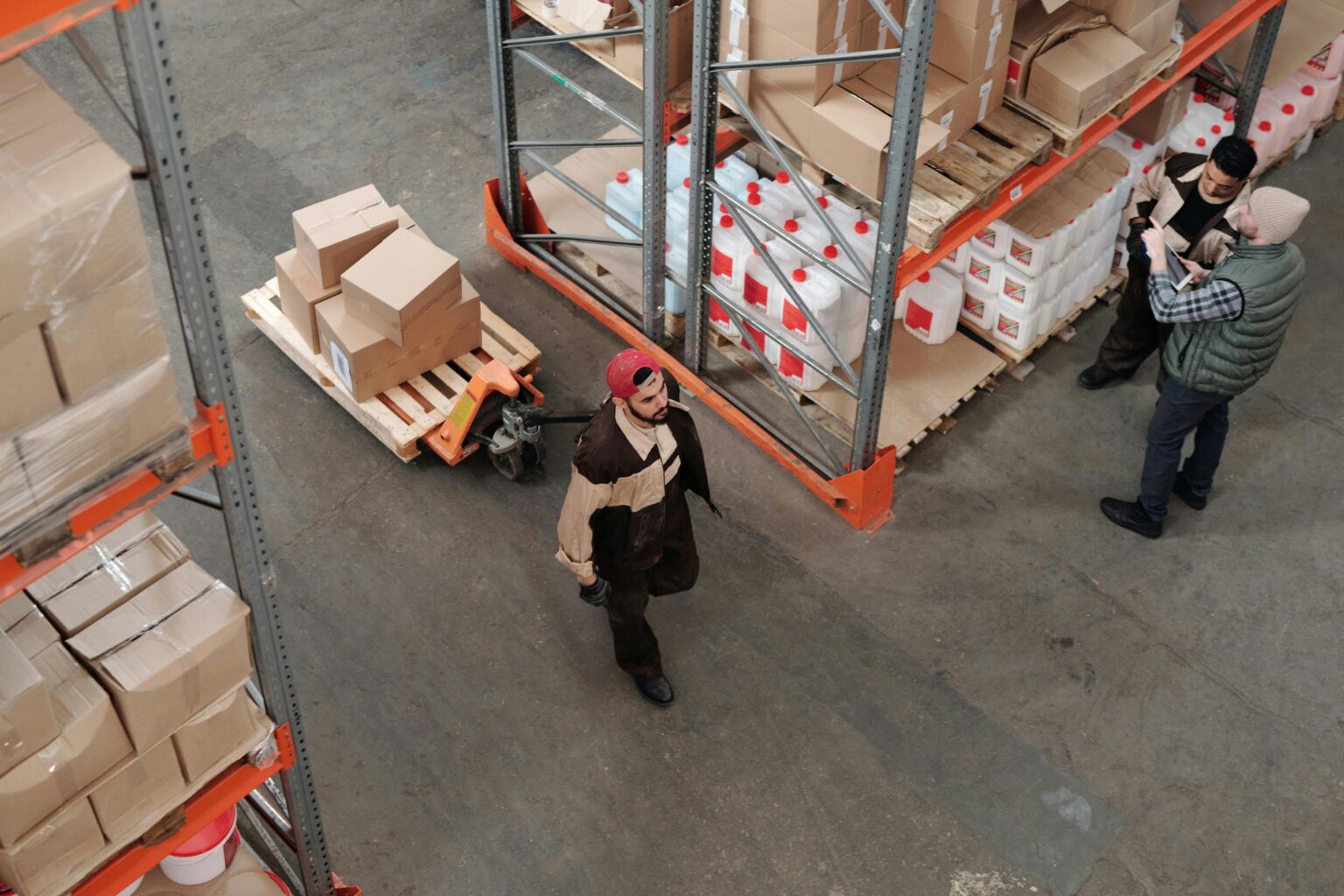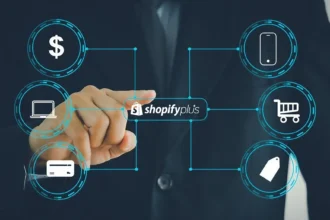With the intense competition in retail and e-commerce, a product’s presentation is critical to its success. In saturated markets, it can be difficult for new businesses to gain a foothold, and often, success is dependent on how consumers perceive products at first glance. Innovative packaging is no longer a nice-to-have — it’s a strategic must-have. From sustainable materials to custom designs that further build a brand, companies spend more to make their products better packaged and presented. One overlooked but transformative component within this process is repacking, which guarantees that products comply with branding, safety, and distribution requirements.
Why Packaging Matters More Than Ever
Packaging is not only a container but also a communication tool. It lets the consumer know what your brand is about, what the product offers, and how to use it. If designed well, a package can provide premium quality, create brand recognition, and shape purchasing decisions. Research indicates that packaging accounts for one-third of consumer decision-making, which can be a powerful tool for startups looking to make an impression when entering the market.
While innovation in repacking seems far-fetched for new companies running on a tight budget and limited resources, smart packaging decisions help reduce other marketing expenses, boost shelf visibility, and differentiate products in crowded markets.
Streamlining Supply Chains with Smart Packaging Solutions
Innovative packaging goes beyond aesthetics and enhances the operation and effectiveness of supply chains. Time is short for businesses introducing new products. The simple package to put together, store, and transport helps your bottom line in time and money. Scalable packaging solutions also enable companies to increase their customer base without restructuring their operations every step of the way.
Introductions such as tamper-evident seals, QR-coded labels to track to the last mile, and modular box design to accommodate multiple SKUS are changing how startups think about product distribution. These features make products appealing and ensure they are safe, traceable, and easily manageable for several retail or e-commerce platforms.
Customisation: A Game-Changer for Brand Differentiation
Consumers desire personalisation, and innovative packages help brands meet this desire. From limited edition designs to regional variations or seasonal aesthetics, Customised packaging offers buyers a unique experience. New businesses can use this trend to establish emotional customer connections and foster loyalty.
Packaging communicates a brand’s personality and values, and in the health, beauty, and gourmet food industries , it can immediately establish an emotional connection. Custom boxes, labels, inserts, and colour schemes make products stand out on shelves or in unboxing videos, an increasingly important form of online word-of-mouth marketing.
The Role of Repacking in Enhancing Product Readiness
Products usually need adjustments to be ready for the end consumer across the supply chain. Repacking is a crucial part of that packaging ecosystem. Repackaging includes unboxing, examining, and reconfiguring products into new packaging formats that more effectively suit brand, regulatory, or logistical requirements.
For instance, a new skincare brand providing products in bulk might need to repackage items into legal, local sets before distribution. Similarly, companies may need to add promotional inserts, bundle products, or alter packaging to accommodate certain retail partners. Repacking guarantees a uniform quality and appearance of products throughout all sales points.
Repacking also can address issues such as damaged products, printing errors on packaging, new advertising or branding requirements, etc., and delivery schedules aren’t impacted. It allows businesses to remain nimble, especially in responding to changing consumer trends or retailer demands.
Sustainable Packaging: Meeting Consumer Expectations
Sustainability is no longer a nice-to-have; it’s a consumer standard. For startups beginning their journey, establishing eco-friendly packaging practices can distinguish them in the market. Packaging buyers want biodegradable materials, recyclable containers, and less filler, and the best part is that they save on packaging costs in the long run.
Repacking services can further aid companies in sustainability by minimising their waste. Rather than throwing away products due to outdated packaging or labelling errors, companies can reprocess items, reducing environmental damage and financial loss.
Data-Driven Packaging Decisions
Packaging choices today are increasingly data-informed. Companies then leverage customer feedback, unboxing behaviours, and shipping metrics to optimise their packaging strategies. Access to these insights enables startups to iterate quickly and efficiently. Learning which designs resonate better with target audiences or which packaging types lead to fewer returns allows businesses to optimise user experience and operational performance.
Combining this with providers that offer packaging and repacking helps startups quickly make informed, data-backed improvements. Whether it’s changing the size of boxes to ship with less buildup or redesigning a product line based on some feedback, the capability to pivot your packaging strategies rapidly is a remarkable asset in a fast-moving market.
Conclusion
Product packaging is a crucial part of the brand experience, and for new businesses, it is not just a final touch. The emergence of innovative, sustainable, and customisable packaging solutions enables startups to think big and compete against established brands. Companies can adopt flexible logistics processes to help ensure products meet quality and consistent specifications while adapting to market demand.
Innovative packaging strategies critically elevate brand visibility, improve customer satisfaction, and optimise supply chains, especially when margins are tight in the first years of business. As consumer expectations change, startups that treat packaging as a strategic asset will emerge and endure.

















